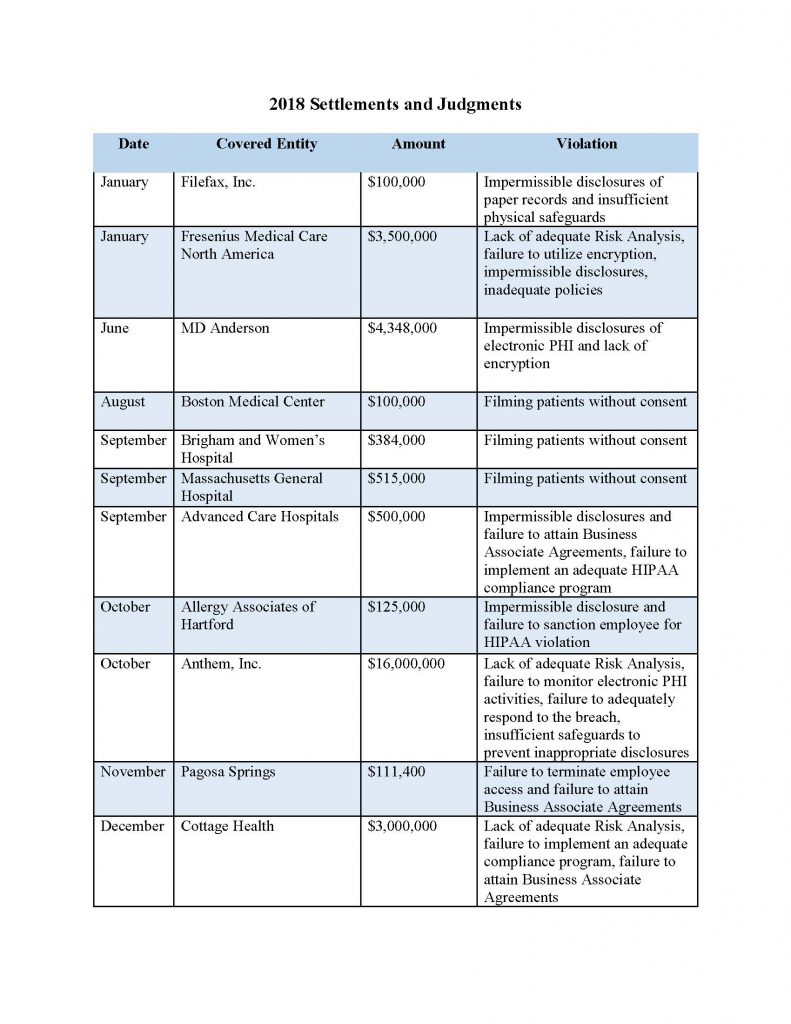VCOM-Auburn Provides Care and Supplies to Lee County Tornado Victims
BEAUREGARD – Faculty, students and staff at the Edward Via College of Osteopathic Medicine Auburn campus have been working to provide free medical care and supplies to neighboring Beauregard, Alabama area tornado victims. Following the devastating tornado outbreak on Sunday, March 3, VCOM-Auburn administrators worked quickly with community partners to devise a plan to try to assist storm victims. A supply drive was held, which saw donations of bottled water, sports drinks, personal care items, baby care supplies, non-perishable food, first-aid supplies and more.
“What VCOM is doing for the local community is exactly what we strive to do as future physicians — giving our time and knowledge for those in need,” said Tram-Anh Huynh, a second-year student at VCOM-Auburn. “I am really proud to be part of a community that jumped in without hesitation to help the Lee County tornado victims.”
On Monday morning, a tent was erected at Beauregard Drugs and Dr. Martin Roach’s Beauregard Clinic to provide free-of-charge, non-life-threatening medical care to storm victims and rescue and recovery personnel. A pull-type RV trailer was loaned to the effort, which has offered welcome shelter from the cold wind and a place to store relief supplies for distribution. Physicians and students from VCOM have staffed the tent each day from morning until evening.
On Wednesday, March 6, Piedmont Columbus Regional Hospital joined the effort by arriving on scene with a mobile triage unit. This unit, essentially an RV-type vehicle, offers two patient care rooms in a spacious, climate-controlled environment. Medical professionals from Piedmont Columbus Regional have committed to be on site at least through the weekend.
“We are extremely grateful for the cooperation and partnership with Beauregard Drugs, Beauregard Medical Clinic, the Piedmont Columbus Regional mobile unit and Providence Baptist Church,” said J.J. White, D.O., PhD, VCOM-Auburn’s associate dean for simulation and technology, discipline chair for emergency medicine and the College’s disaster response leader for this effort. “We are amazed by the outpouring of support by the entire community and hope to be flexible, adaptable and productive with our relief efforts.”
On Thursday, March 7, the Piedmont Columbus Regional mobile unit, along with the VCOM relief tent and trailer, moved 1.5 miles to Providence Baptist Church at the request of the incident commander. This new location has become the focus of the volunteer efforts for the community. VCOM physicians and students plan to remain at this new location through the weekend.
“Our involvement with relief efforts began the night of the storms treating patients in the emergency department at East Alabama Medical Center,” said VCOM-Auburn fourth-year student Gunnar Magnuson. “Consistently, we have been very encouraged at the overwhelming number of individuals and local health institutions like VCOM-Auburn and its partners looking to help their neighbors in any way they can.”
Posted in: Members
Leave a Comment (0) →








